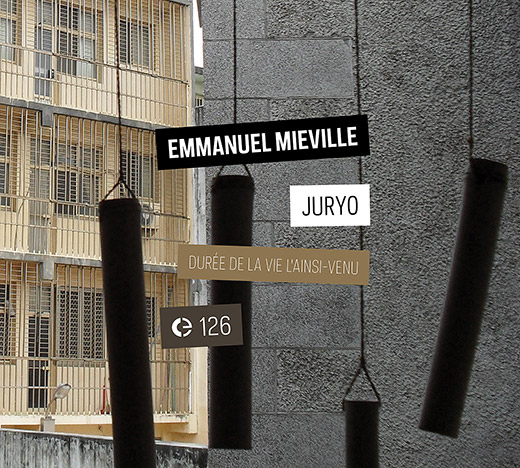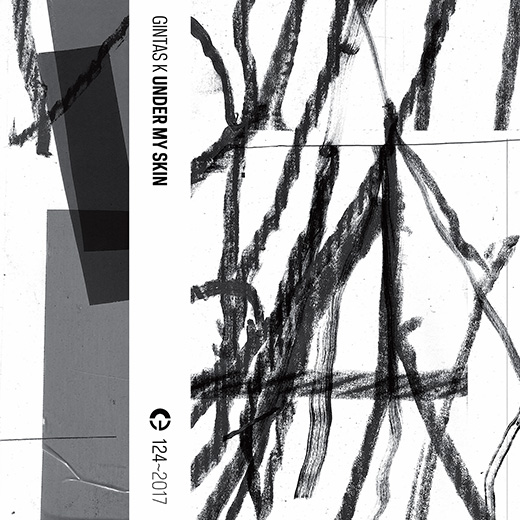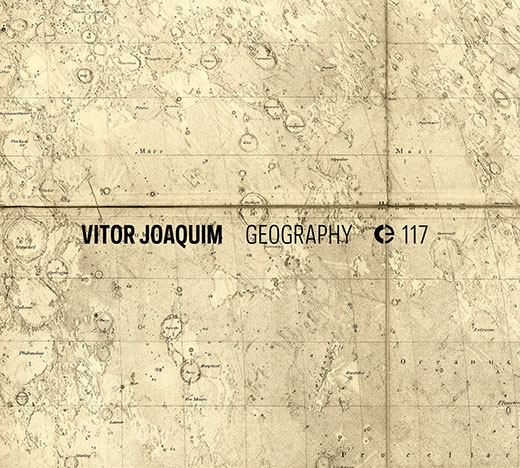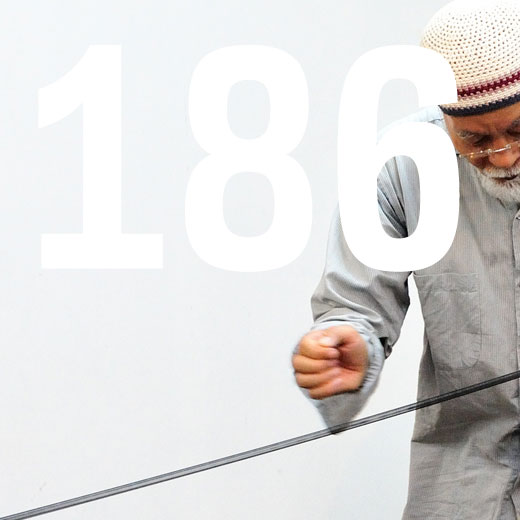
Nicht zuletzt als Partizipant eines französischen Gamelan-Orchesters unterstrich der aus Paris stammende Emmanuel Mieville seine breit gefächerte Kenntnis fernöstlicher Musiktraditionen. Nun verweist schon der Titel seiner Veröffentlichung – Juryo: Durée De La Vie L’Ainsi-Venu (Crónica) – auf die mannigfaltigen Verquickungen, die sein akademisch der musique concrète zuzuschlagende Forschergeist angeht. Handelt es sich bei „Juryo“ doch um einen ins Japanische übertragenen Sanskrit-Begriff aus dem Lotus-Sutra des Mahayana-Buddhismus. Und bei der CD um ein Paradebeispiel für eine geographisch definite und zugleich entbundene Konfrontation mit (aus okzidentaler Sicht) exotischen Klangquellen.
Fernöstliche Mystik – Religion und Kultus – für Außenstehende zumeist nur im folkloristischen Modus erfahrbar, unterzieht Emmanuel Mieville einer „konkreten“ Kombinatorik, die weniger der aufklärerischen Dokumentation geschuldet ist, als vielmehr der Möglichkeit, einer partiellen Erschließung, einer Annäherung durch die Verfremdung zweiten Grades – auf der Grundlage von Field Recordings. Tibetische Nonnen (Bhikkhuni) treffen auf Hong Kong-Radio, taiwanesische Threnodien aufs japanische Buto-Tanztheater.
Der mit neun Minuten kürzeste Track (Tanit Astarté) findet bei Antonin Artaud (Héliogabale) zwar einen zeitlich-geographisch abweichenden Bezugspunkt (beim Mondkult der Phönizier), doch mag man auch diese Information nur beiläufig hinnehmen. Um weder den Mangel an Vorwissen noch die Ahnung des gebotenen Beziehungsreichtums als eine Form von Bildungsballast empfinden zu müssen, der ein unbefangenes Zuhören eventuell nur zu erschweren vermag. Emmanuel Mieville heißt zu einzigartigen Erlebnissen von Klang und Raum willkommen. Stephan Wolf
via Amusio






